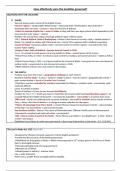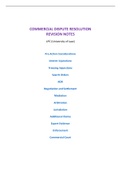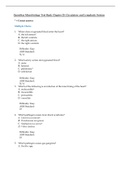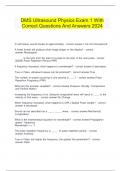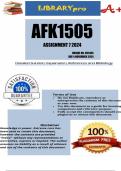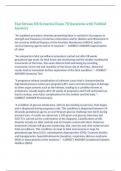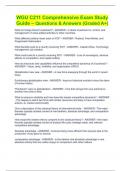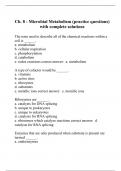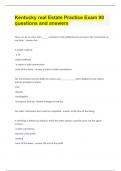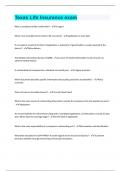Overig
Breadth 2 Tudors: Gaining the co-operation of the localities,
- Vak
- Instelling
This document includes revision notes regarding Breadth 2 of the rebellion and disorder under the Tudors module for History A Level. The well-organised notes include information about gaining the co-operation of the localities throughout in Tudor England, from a consistent grade A student. The con...
[Meer zien]
